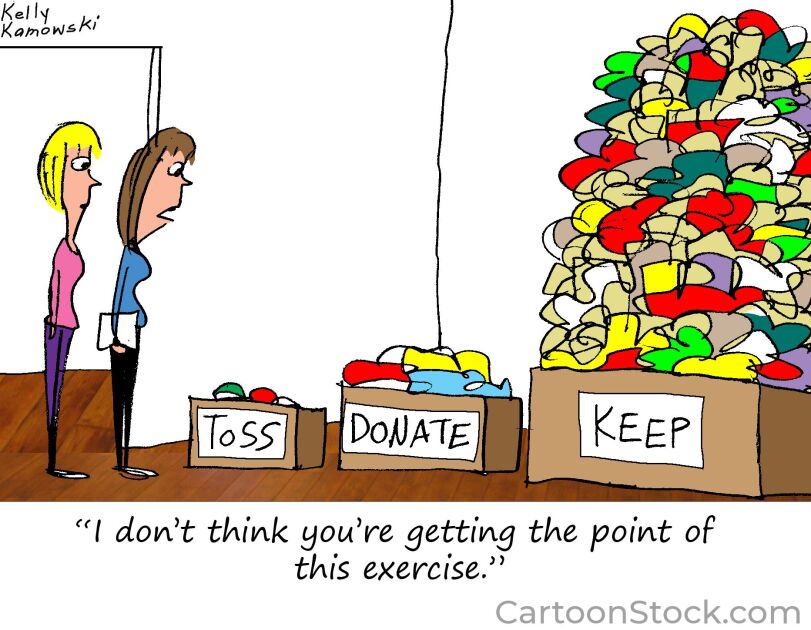Students in KIPP charter schools experience significantly greater learning gains in math, reading, science, and social studies than do their peers in regular public schools, a new report finds.
The study, which analyzed data from 43 middle schools run by KIPP, officially known as the Knowledge Is Power Program, was conducted by Mathematica Policy Research, an independent research organization based in Princeton, N.J. The study was commissioned by KIPP.
It concludes that students in the charter program, over a three-year period, gained an additional 11 months of learning in mathematics, eight more months in reading, 14 more months in science, and 11 more months in social studies when compared with students in comparable regular public schools.
The study is based on an examination of state standardized-test scores, as well as students’ scores on the TerraNova assessment—a nationally norm-referenced, low-stakes test. KIPP Chief Executive Officer Richard Barth said he was pleased but not surprised by the results.
“I know how hard our kids are working and how hard the teachers are working,” Mr. Barth said in an interview. “People are on the same page working together, and this reflects that.”
The Mathematica researchers used two different methodologies. One compared KIPP students with students in regular public schools with similar demographics and academic achievement. The other compared students who were admitted to KIPP through the network’s random lottery against those who were not admitted. That method is designed to account for differences in the motivation levels of parents and families at KIPP and regular public schools.
Overall, 125 KIPP schools are operating in 20 states and the District of Columbia.
Competing Claims
The findings were consistent using both methodologies, which bolsters the study’s conclusions, said Ron Zimmer, an associate professor of public policy and education in the Peabody College at Vanderbilt University, who has studied the performance of charters and regular public schools. Mr. Zimmer was not involved in the Mathematica study.
The new study found that KIPP schools have a higher proportion of low-income and black students, but typically fewer special education students and English-language learners, than regular district schools.
The study also shows that the KIPP students typically entered the program with lower baseline math and reading achievement than students overall at the regular elementary schools that feed into KIPP middle schools.
To address the claim that KIPP expels low-achieving students or encourages them to drop out of the program in a way that inflates the network’s performance, the report counts the academic achievement of students who started in the program as part of the KIPP cohort regardless of whether they later decide to leave for another school.
A study published in 2011 by Gary Miron, a Western Michigan University researcher, concluded that while KIPP’s attrition rates were comparable to those of regular public schools, the network did not replace low-performing students who left KIPP, which could have had a positive impact on its schools’ overall academic performance.
But the Mathematica researchers say that while KIPP schools do backfill at lower rates than district schools in 7th and 8th grades, that difference would not inflate the network’s achievement in the new study because of the continued inclusion of students who leave KIPP in the cohort of KIPP students.
KIPP officials say they have circulated data on the attrition of students within their network in recent years, a step they believe has called attention to the issue and led KIPP schools to take steps to keep more students in school. (“Charter Schools’ Discipline Policies Face Scrutiny,” Feb. 20, 2013.)
Replicable Results?
Although the study shows greater academic achievement for KIPP students, it is less clear on why the model works, said Jeffrey Henig, a professor of political science and education at Teachers College, Columbia University.
One potential factor cited by the report’s authors for KIPP’s success: Its students spend an average of nine hours per day, for 192 days each year, in school, compared with 6.6 hours per day, for 180 days, for regular K-12 public school students.
In addition, KIPP students spend an extra 35 to 53 minutes on homework each night than the lottery-based students who were not enrolled in KIPP.
But applying those results to regular public schools could be complicated, said Mr. Henig. “Fiscally, and politically, and given union contracts,” dramatically extending the school day in district schools would not be easy, he said.







